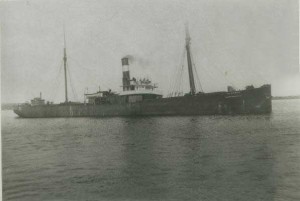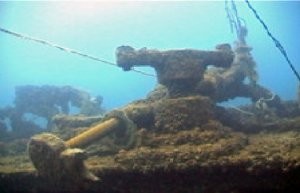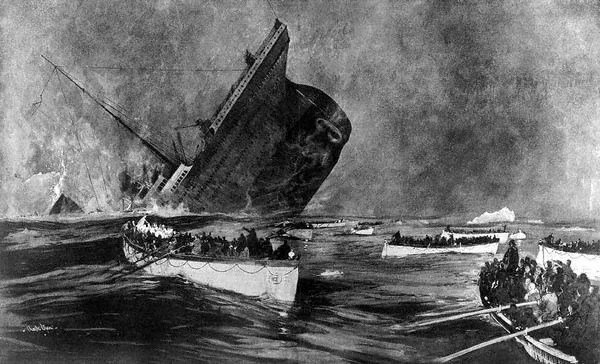Historically referred to as the “Big Blow,” Freshwater Fury,” or the “White Hurricane,” was a blizzard with hurricane-force winds that devastated the Great Lakes Basin in the Midwestern United States and the Canadian province of Ontario from November 7 through November 10, 1913. The storm was most powerful on November 9, battering and overturning ships on four of the five Great Lakes, particularly Lake Huron. Deceptive lulls in the storm and the slow pace of weather reports contributed to the storm’s destructiveness.
This was the deadliest and most destructive natural disaster ever to hit the lakes, the Great Lakes Storm killed more than 250 people, destroyed 19 ships, and stranded 19 others. The financial loss in vessels alone was nearly US $5 million, or about $100 million at current value. This included about $1 million at current value in lost cargo totaling about 68,300 tons, such as coal, iron ore, and grain.
The storm originated as the convergence of two major storm fronts, fueled by the lakes’ relatively warm waters—a seasonal process called a “November gale.” It produced 90 mph (145 km/h) winds, waves over 35 feet (11 m) high, and whiteout snow squalls. Analysis of the storm and its impact on humans, engineering structures, and the landscape led to better forecasting and faster responses to storm warnings, stronger construction (especially of marine vessels), and improved preparedness.
One of the ships that went down was the SS Wexford.
The SS Wexford was a steel hulled, propeller driven bulk lake freighter built by Doxford, Williams & Sons, Ltd. at Sunderland, Great Britain in 1883, and last owned by Western Steamship Co., Toronto. The ship was lost on Lake Huron with all hands on November 9, 1913 . Sources cite conflicting numbers for crew lost with 17 to 24 crew being listed. The Wexford’s cargo at the time of loss was 96,000 bushels of wheat.
The SS Wexford was found sitting on the bottom of Lake Huron, in 75 feet of water, about 11 kilometres offshore between Grand Bend and Bayfield In Ontario, Canada in 2000. This wreck was the last of the 1913 shipwrecks to be discovered in Lake Huron.
A diver who identified the ship says the wreck was in pristine condition, sitting upright with only its smoke stack missing.
The ship was discovered by a local fisherman when his fish-finder detected an anomaly on the bottom of Lake Huron.
Several divers have been prosecuted for looting the wreck and numerous artifacts have been removed.
A Copper Wreath was placed on the Wreck to honor the crew of the 100th Anniversary of The Great Storm of 1913.








Leave A Comment